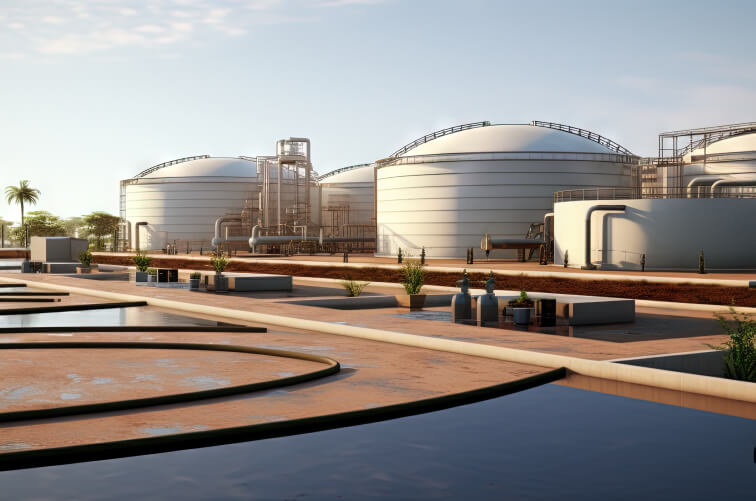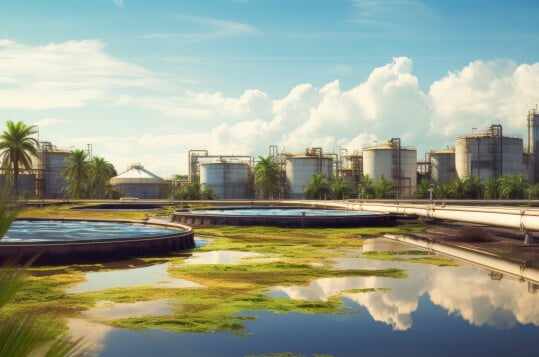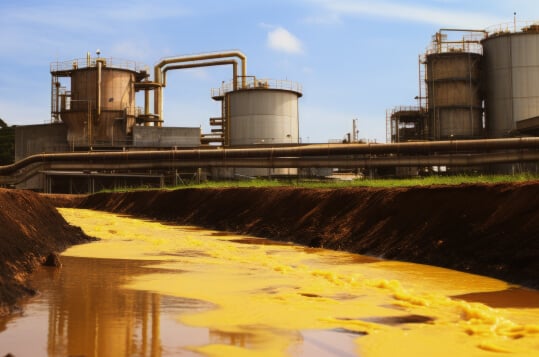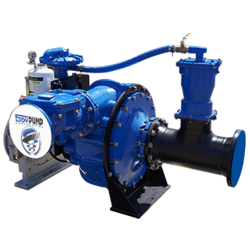Application of EDDY Pump in Palm Oil Production



Application of Our Slurry Pumps in Palm Oil Production

- Palm Fruit Slurry Transportation: A slurry transport pump transfers the palm fruits and water mixture within the processing facility. These pumps help move the harvested palm fruits from the reception area to the sterilization and digestion process stages.
- Digestate Handling: After the palm fruits have been sterilized and digested, the resulting mixture, known as digestate or mash, contains a combination of palm oil, palm kernel, fibers, and water. The slurry transport pump transfers this digestate to the next stage of the process, which involves separating the oil, kernel, and fiber components.
- Palm Oil Effluent (POME) Management: Palm Oil Mill Effluent (POME) is a significant waste product generated during palm oil production. It contains water, oil, organic matter, and suspended solids. A high solids pump handle and transport POME from the processing facility to treatment ponds or wastewater treatment systems for proper disposal or treatment.
- Fiber and Kernel Separation: In the separation process, a high solids pump helps move the mixture of fibers, kernels, and shells to various equipment that aids in the further separation and extraction of palm oil and palm kernel oil.
- Waste Material Handling: The slurry transport pump transfers waste materials, such as empty fruit bunches (EFBs) and other residues, to designated storage or disposal areas within the mill premises.
- Palm Oil Mill Upgrades and Maintenance: During maintenance and upgrades of processing equipment, slurry pumps may transfer materials like cleaning solutions, lubricants, and coatings required for machinery upkeep.
- Palm Kernel Cake Handling: After palm kernels have been extracted, they form a cake-like material used as livestock feed. A heavy-duty slurry pump can transport this palm kernel cake to storage or packaging areas.
- Slurry Recycling: Some mills utilize slurry pumps to recycle and reuse certain process liquids or materials, reducing waste and optimizing resource utilization.
- Biogas Digester Feed: In facilities that use anaerobic digesters to treat POME and generate biogas, the industrial slurry pump may transfer the waste mixture to the digesters, contributing to renewable energy production.
CALL FOR SALES OR SUPPORT
If you need help with Pump Selection, Sales or Engineering Support
Call 619-345-5446

Application of EDDY Pump’s Hydraulic Dredging in Palm Oil Production

- Canal and Drainage Maintenance: Plantations often have a network of canals and drainage systems that help manage water flow, especially during rainy seasons. A slurry pump dredge removes sediment buildup, vegetation, and debris from these canals, ensuring efficient water drainage and preventing flooding.
- Sediment Pond Dredging: Sediment ponds capture and settle suspended solids from processing palm fruits and other activities. Over time, these ponds accumulate sediment and waste materials. A slurry pump dredge is employed to remove these sediments, maintaining the capacity of the ponds and preventing overflow.
- Retention Pond Dredging: Retention ponds are designed to capture runoff water from the plantation area. Dredge pump systems help prevent the ponds from becoming clogged with sediments, which could reduce their effectiveness in capturing excess water during heavy rainfall.
- Waste Material Management: Hydraulic dredging equipment can remove solid waste materials that accumulate in water bodies, such as empty fruit bunches (EFBs), fiber residues, and other byproducts. This helps keep waterways clear and prevents blockages that could disrupt water flow.
- Biogas Digester Maintenance: Some palm oil mills use anaerobic digesters to treat wastewater and generate biogas. A slurry pump dredge might be necessary to remove accumulated sludge and waste materials from the digester, ensuring efficient operation and biogas production.
- Palm Oil Mill Effluent (POME) Treatment Ponds: POME treatment ponds can accumulate sludge and solids over time. Hydraulic dredger can help remove these materials, improving the treatment efficiency and preventing pond overflow.
- Reservoir and Dam Maintenance: Some plantations have reservoirs or dams to store water for irrigation and other agricultural purposes. Dredging these water bodies can be essential for maintaining water storage capacity and preventing sedimentation that could degrade water quality.
- Erosion Control: Hydraulic dredger can also restore eroded areas along water bodies or shorelines, preventing further soil loss and stabilizing the environment.
- Infrastructure Construction: In cases where new infrastructure, such as water intakes or irrigation channels, needs to be constructed, hydraulic dredging equipment may be used to clear pathways and excavate necessary areas.




